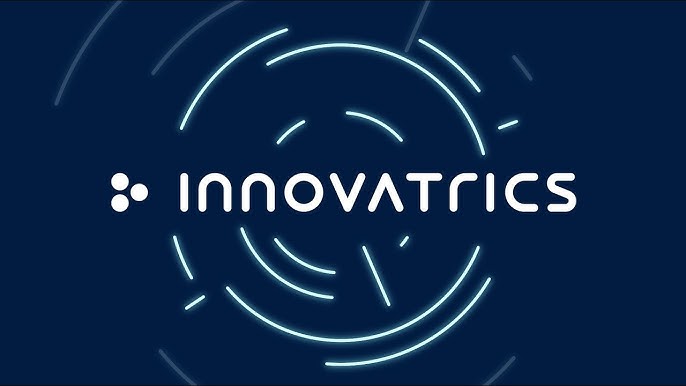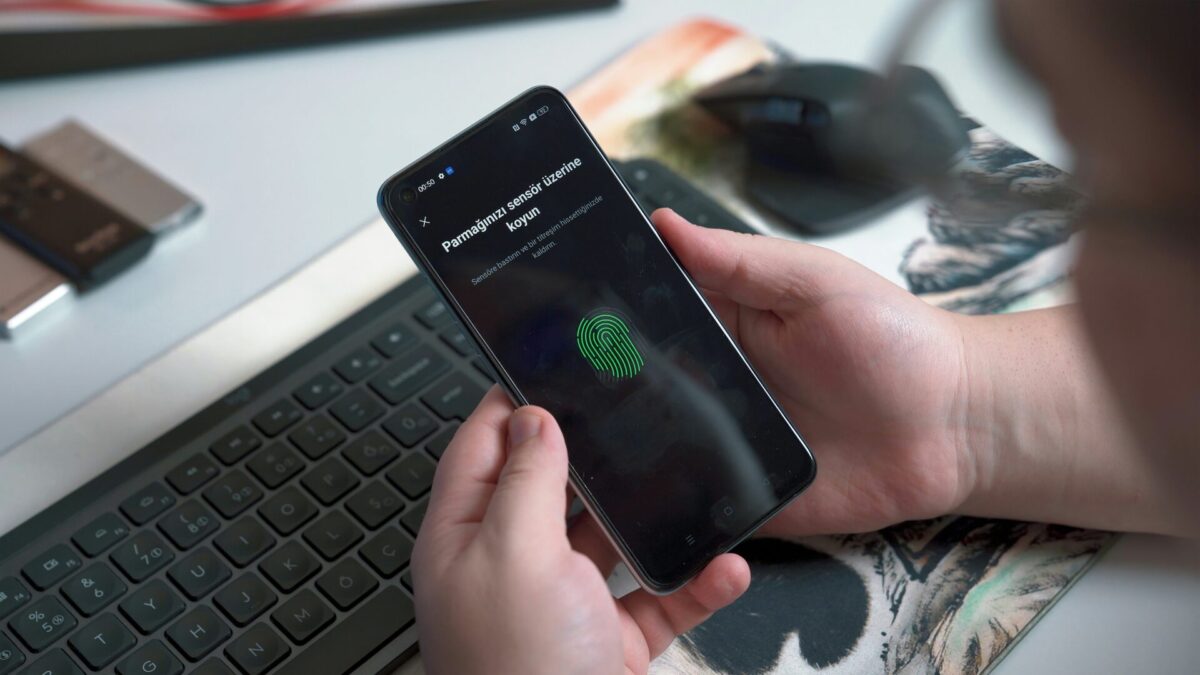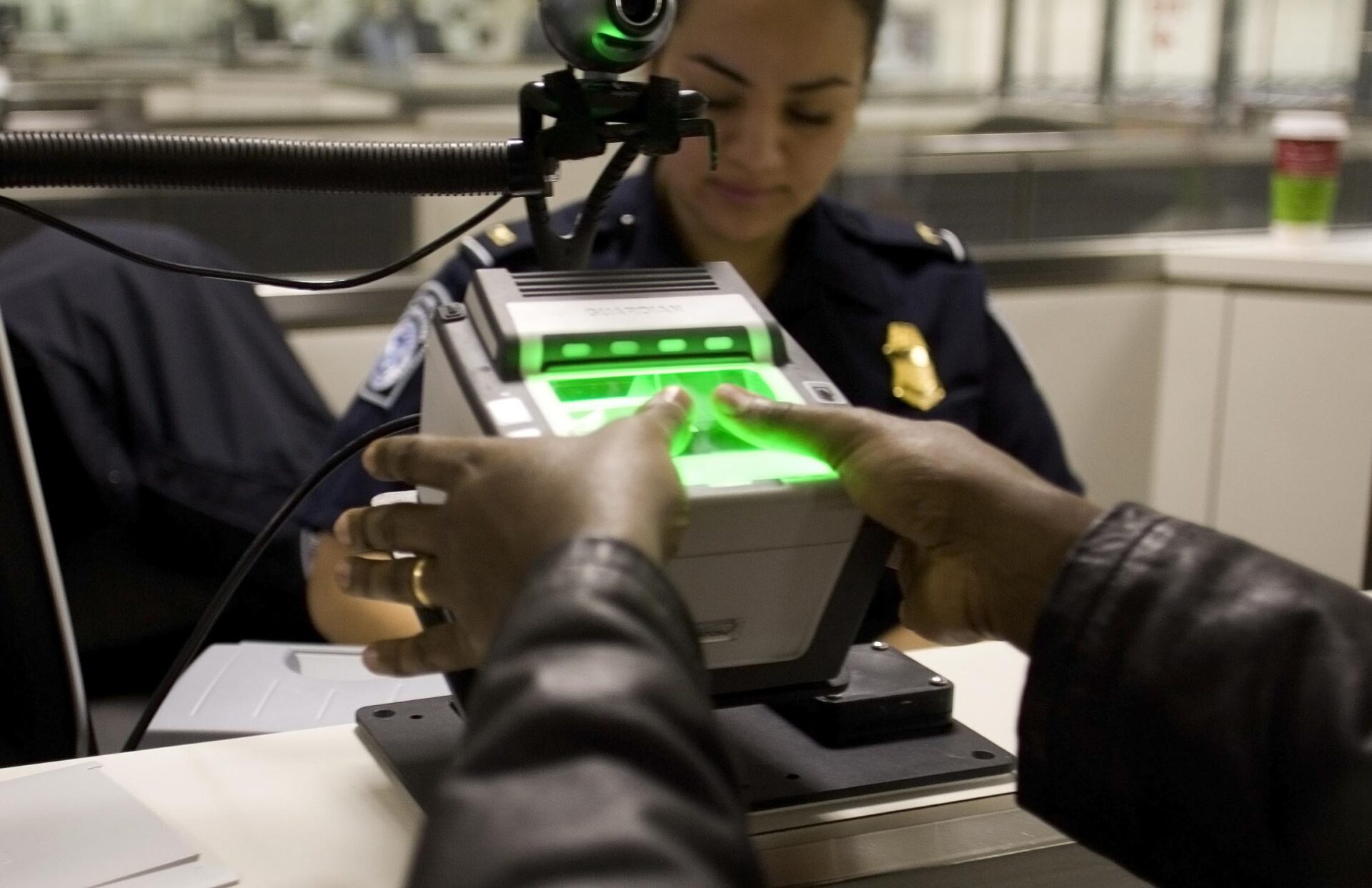The sharing economy, which mostly includes services like ride-hailing, home-sharing, and freelance work platforms, is founded on a system of trust. you need to accept several risks: entering contracts with unknown individuals and trusting them with your property or security. In most cases, scams occur on the provider side, such as misrepresented properties or unauthorized use of taxi accounts.
Biometric identity verification is the main solution for this. Biometric technology, primarily through facial recognition, offers a clear method for verifying identities that is hard for hackers to spoof but easy to deploy. Its success is now matched in its widespread use, with 80% of smartphones having biometric protection enabled, up from 68% last year. This is perhaps why hackers are trying so hard to breach it, as evident from the 40% rise in biometric-based fraud attempts.
But overall, biometrics remains the most reliable method we currently have at our disposal. Just by a user simply looking at a smartphone, we can verify a person’s identity and make sure they are not a mask or photo. For example, in the taxi or ride-sharing industry, drivers can be verified in real time, which lessens the risk of unverified individuals operating under another person’s account. Let’s review why biometrics represents the best way to build in the sharing economy now and in the future.
Rapid Advancement and Deployment
While face-matching technology is not entirely new, its accuracy has improved dramatically. The National Institute of Standards and Technology (NIST) recently reported an improvement in accuracy of over 30 times over the past five years. Additionally, other algorithms such as liveness detection, injection fraud detection, OCR quality, and support for NFC IDs and digital IDs, have all seen improvements. These advancements make remote identity verification more reliable than ever.
Thanks to improved AI methods and affordable computing power, a recent MIT review points to the fact the development and deployment of new biometric algorithms can occur within weeks or even days. Identifying weak spots in the system, training, rechecking algorithms, and deploying updates are all processes that have become significantly faster, so that biometric technology remains at the cutting edge.

Addressing Trust Issues with Transparency and Legislation
Despite the obvious benefits, skepticism about biometrics remains, often due to legitimate privacy concerns. Criminals are very adept at recreating biometric data from photos or voice recordings of a person. However, the transparency of the biometrics industry goes a long way to mitigate these fears. Those at the top end of the industry undergo regular testing by organizations like NIST, and the results are publicly available, making it difficult to falsify claims about an algorithm’s effectiveness.
Furthermore, strict data protection laws, such as General Data Protection Regulations (GDPR) and the Protection of Personal Information Act (POPIA) keep a lid on the processing of biometric data, which means that solutions adhere to their standards. Customers should only opt-in for solutions that provide not only results but also the data leading to those results. Algorithms should also provide confidence scores so that everyone can set appropriate thresholds and conduct regular audits.
Overcoming Skepticism And Forming Partnerships
To convince the doubters, it’s important to clarify that biometrics does not depend on storing individual faces but rather on extracting mathematical data for comparison. Many providers who process the data do not store facial images at all. Despite fears of database leaks, there has yet to be a case where facial images were misused for identity spoofing. This is in contrast to textual data, such as social security numbers or financial account numbers, which are frequently misused when leaked.
Biometrics helps overcome the fear of property theft or misuse by enabling remote identity verification. This helps to create immediate trust between parties who may never actually meet in person. This reassurance means that users can get reimbursements if something goes wrong, facilitating smoother business transactions.
Preventing Fake IDs
The issue of fake IDs is another critical area where biometrics shines through. The way to effectively prevent fake IDs in applications like ride-hailing or dating apps once again lies in the implementation. Clients should only accept direct photos of IDs instead of uploads as the majority of fraud attempts come from the latter. Live-captured IDs are much more difficult to impersonate, and there are methods to check for printed or taped-over IDs. NFC-enabled IDs are particularly effective, as they allow all data to be read from the chip itself, making them almost entirely free from spoofing, especially when cross-checked with the ID photo.
What does the Future Hold For Biometrics?
Biometrics in the sharing economy context looks promising, given that accuracy will only continue to improve, for faster and higher resolution data capture from greater distances, even in less-than-ideal conditions. Enhanced computing power will allow for periodic re-checks of identity, ensuring ongoing verification. And finally, the integration of multiple biometric modalities, such as iris scanning via camera, will further enhance reliability.
Article by Ján Lunter, CEO of Innovatrics

This article includes a client of an Espacio portfolio company












